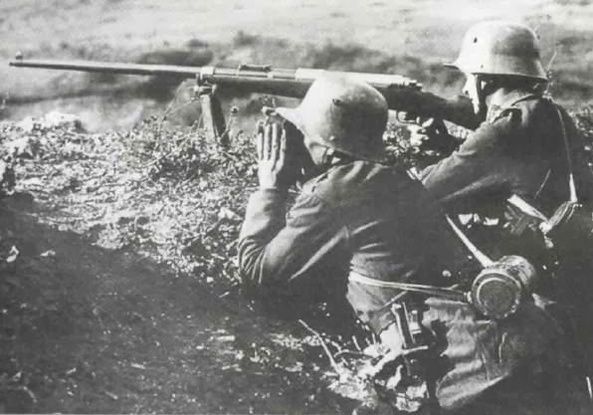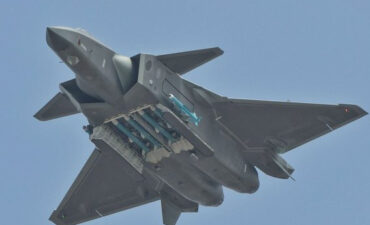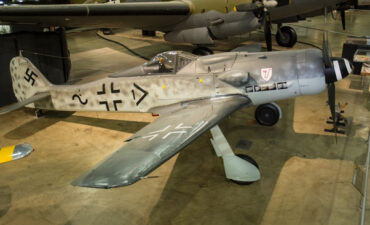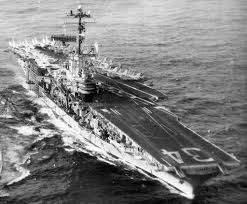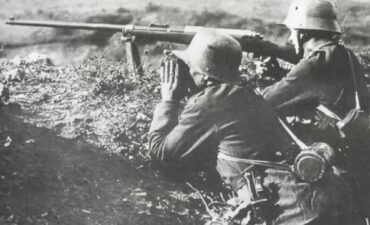What factors contribute to the vulnerability of modern tanks compared to older ones?
What factors contribute to the vulnerability of modern tanks compared to older ones? The vulnerability of modern tanks compared to older ones is influenced by several technological, tactical, and strategic factors:
Advancements in Anti-Tank Weapons
- Precision-guided munitions: Modern anti-tank missiles, such as Javelins or Kornets, are much more precise and can hit weak spots, like the top or rear of a tank, where armor is typically thinner.
- Drone technology: Drones can deliver highly accurate attacks from above, a vulnerable area for many tanks. Some modern drones carry loitering munitions that hover and then attack tanks from optimal angles.
- Improved armor-piercing rounds: Kinetic energy penetrators and tandem warheads in rockets or missiles are designed to defeat reactive and composite armors.
Evolving Tank Designs
- Heavier tanks: Modern tanks like the Abrams or Leopard 2 have significantly more weight due to additional armor, making them less mobile compared to lighter, older designs like the T-34. This reduced mobility can make them more vulnerable to ambushes and precision attacks.
- Complex electronic systems: While modern tanks feature sophisticated electronics, sensors, and fire control systems, these can be vulnerable to electromagnetic warfare, cyber-attacks, or even malfunctions.
Shifting Battlefield Tactics
- Urban combat: Modern tanks are often deployed in urban environments where their large size and limited maneuverability make them more vulnerable to close-range attacks from infantry hiding in buildings or narrow streets.
- Asymmetric warfare: In conflicts against irregular forces, tanks face threats from guerrilla tactics such as roadside IEDs (Improvised Explosive Devices) and RPGs (Rocket-Propelled Grenades), which can severely damage or immobilize them.
Erosion of Traditional Armor Superiority
- Reactive and composite armor limitations: While modern tanks use advanced composite and reactive armor to defeat shaped charges, modern anti-tank weapons have evolved with tandem warheads or kinetic penetrators designed specifically to defeat these defenses.
- Cost constraints: The increasing cost of producing and maintaining advanced armor and systems limits the number of tanks that can be deployed, which can make battlefield losses more impactful.
Vulnerability to Air Dominance
Air power: Older tanks were often designed in an era where air superiority was less decisive. In modern warfare, even the best tanks can be vulnerable to attacks from helicopters, fighter jets, or drones, especially when lacking proper air defense support.
Supply Chain and Maintenance Complexity
Logistical demands: Modern tanks require more sophisticated supply chains for spare parts, ammunition, and fuel. In high-intensity conflicts, disrupting these supply lines can render tanks inoperable.
Mechanical complexity: As modern tanks become more advanced, they also become more complex to maintain. Minor issues in electronics or software can potentially immobilize a tank or degrade its performance.
Despite their increased firepower and armor, modern tanks face a more technologically advanced and diversified array of threats than older ones did. Tactical shifts and advancements in anti-tank weaponry have also led to a growing emphasis on combined arms strategies, where tanks rely more on support from infantry, drones, and air defenses.
